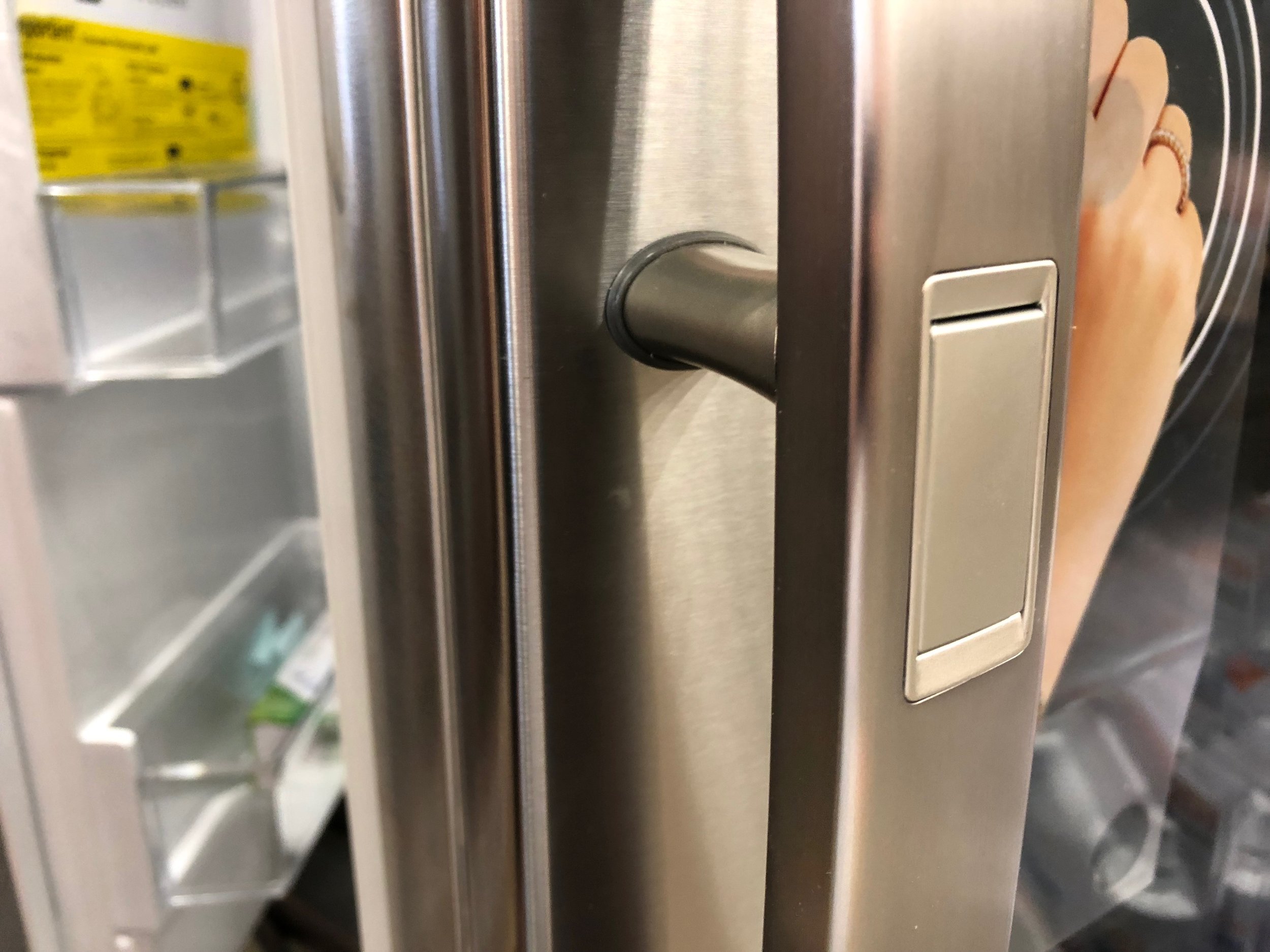On-the-Go Meal
The focus of this project was facilitating an on-the-go meal experience, considering both product functionality and styling. Through user research and persona development, the goal was to identify an opportunity to improve an experience with a product styled to fit LG branding language.
My solution is a modular food carrier with adaptable portions and a framework meant to secure and protect the individual food containers.
User Research and Analysis
I spent time conducting interviews in order to catalog and analyze the tasks comprising the meal experience. Through a structured conversation process I helped people open up about their preferences, joys, and frustrations regarding their routines. The conclusions I drew helped me synthesize a persona and scenario for the user of my product.
The following case-study is of the interviewee who most significantly influenced the persona I developed. Their insights were particularly considerate and detailed, and help demonstrate the research process well:
Exploration
As always in the initial ideation phase, I generated a wide range of sketches and models that explored various form factors and interactions. These prototypes focus on different ways separate volumes can be combined, transformed, customized, and reconfigured.
Brand Study - LG Appliances
After completing a round of concept exploration free from outside influences, I began exploring LG as a brand. My first step was to go to a store and experience their products in person, paying attention to form, materials, and interactions.
What I found was a wide variety of products with no consistent visual / interactive form language. As such, I decided to limit my research to one line of their products—the LG Signature Line. My next step was to research the way LG presented the line and the form language products themselves.
Style Guide - LG Signature Line
The themes of luxury and minimalism/brutalism were very overt and consistent throughout my research. The product from the line that struck me the most was the refrigerator, so I decided to break down the form factors at play.
Separating Volumes
I noticed a hierarchy being created by the only type of feature present on the face—the chamfer. As you move down the form, the chamfers that separate the distinct volumes of the fridge grew more distinct.
Concept Development
Drawing inspiration from my brand research, I began to apply new form language to my final prototype from the exploration phase. What I came up with were modular containers joined by a frame, whose lids used varying degrees of chamfers to indicate separation and removal.
Initially I had the frame slotting in on top of the individual containers, but this made the form feel less secure, as the containers wanted to drop out from the bottom. Also, In order to access one of them the whole frame had to be removed. I addressed this problem in my next iteration:
This model demonstrates the function of my final concept. The containers drop into the outer frame, which rests on the table. The lids then come onto the top, and clasps come down to connect everything to the frame creating one cohesive unit. The frame itself consists of a main section that holds three containers and an additional section that can be independently added and removed.
This final model is meant to express the visual and semantic qualities of the form, with a focus on the way separation is indicated between volumes. I also was able to give a more refined consideration to the form and function of the removable handle, which features elastic webbing for more comfortable long-term mobility.
Final Presentation
Here I synthesize how I developed a persona and identified the opportunity to address an adaptable, on-the-go meal experience. The design solution itself is shown mocked up in the final materials of aluminum, glass, and plastic clasps—both in context/interaction shots and detailed renderings.








































